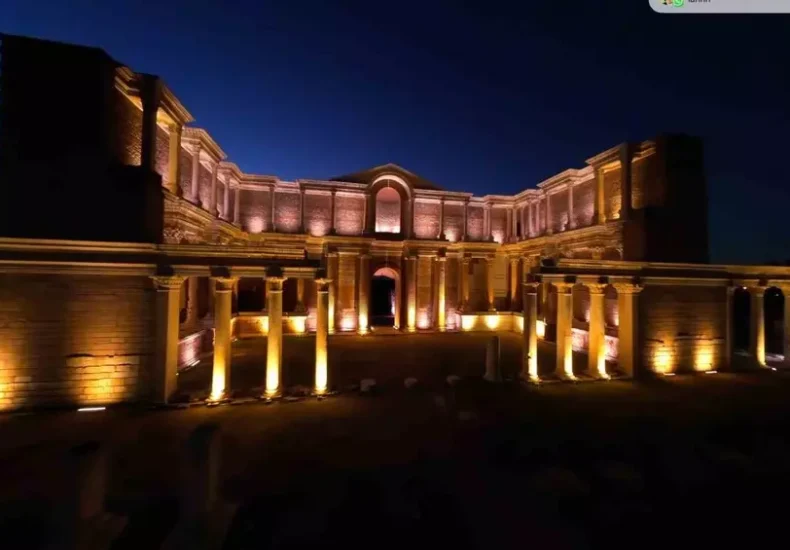
Night Museum Experience Begins in Sardis, the Ancient City Where Money Was First Minted
The ancient city of Sardis, once the glittering capital of the Lydian Kingdom and the birthplace of the world’s first coinage, is stepping into a new era. Following its inscription on the UNESCO World Heritage List in July 2025, the site has completed an extensive illumination project that now allows visitors to explore its ruins after sunset.
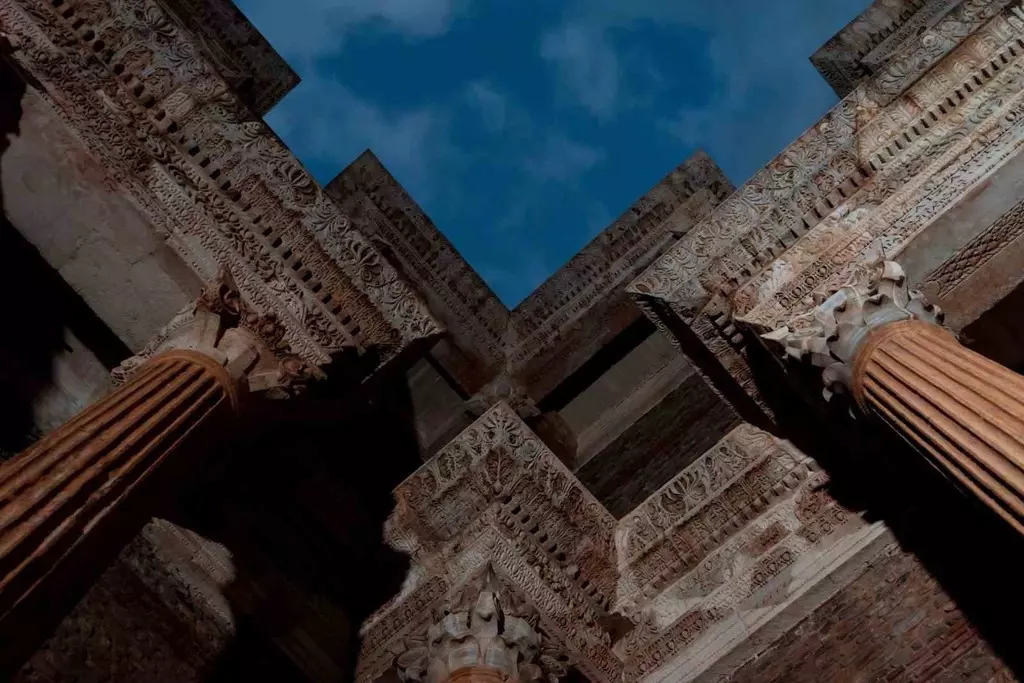
Starting from April 2026, the archaeological site in western Türkiye’s Manisa province will welcome visitors at night, offering a unique view of the Temple of Artemis, the Roman Bath-Gymnasium complex, and other monumental remains under golden light.
Where Civilization First Minted Wealth
Sardis rose to prominence in the 7th century BCE under the rule of King Alyattes and reached its golden age with King Croesus (Karun), whose name became synonymous with legendary wealth. It was here that the world’s first electrum coins—an alloy of gold and silver—were minted, shaping the concept of money and commerce that defined later civilizations.

The city’s strategic position along the Hermus (Gediz) Valley, at the foot of Mount Tmolus (Bozdağ), made it a hub of cultural and economic exchange across Anatolia. Today, Sardis remains one of the most evocative archaeological landscapes of the ancient world, with layers of Lydian, Persian, Hellenistic, Roman, and Byzantine heritage visible across the site.
📣 Our WhatsApp channel is now LIVE! Stay up-to-date with the latest news and updates, just click here to follow us on WhatsApp and never miss a thing!!

Over a Century of Excavations
Archaeological research at Sardis began in 1910 under Howard Crosby Butler of Princeton University and was later continued by Harvard University and Cornell University from 1958 onwards.
Today, excavations are directed by Professor Nicholas Cahill of the University of Wisconsin–Madison, in collaboration with Türkiye’s Ministry of Culture and Tourism.
The century-long project has revealed monumental architecture, urban planning, and industrial areas—including gold-refining workshops and what may be among the world’s earliest minting facilities. Each excavation season continues to uncover new insights into how Sardis shaped the political and economic foundations of ancient Anatolia.
Golden Light for the City of Gold
The new lighting system, designed to emphasize the city’s historical fabric without damaging its integrity, bathes the Temple of Artemis and Roman Gymnasium in warm golden hues. The initiative aims not only to enhance the visitor experience but also to promote sustainable cultural tourism and night-time heritage access.
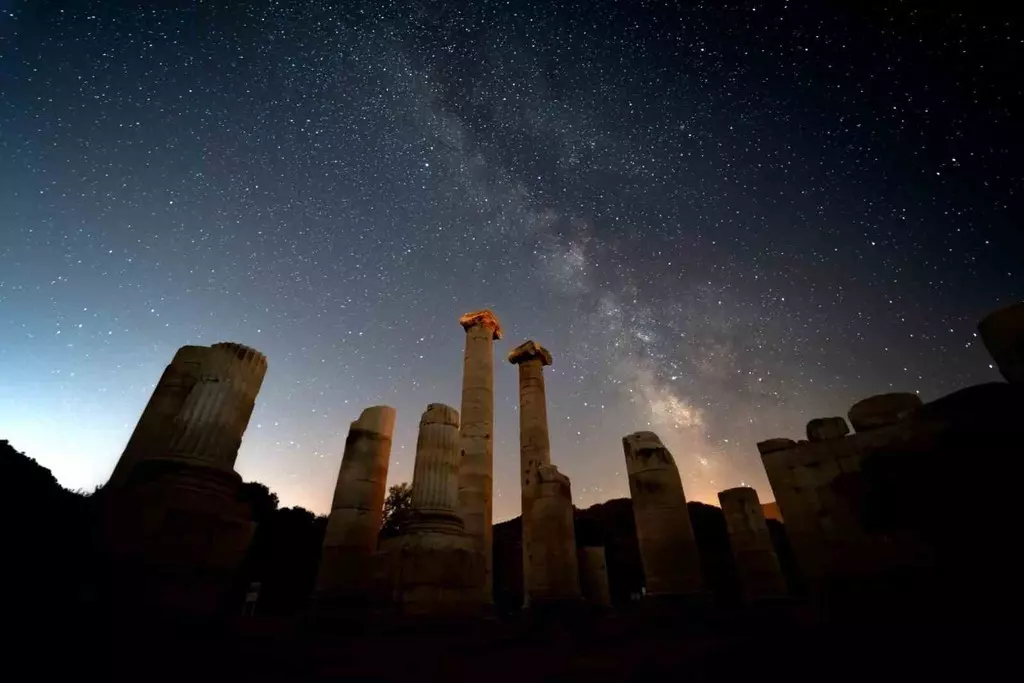
Drone footage released after the project’s completion shows Sardis shimmering like its ancient coins once did—its marble columns and façades illuminated against the dark Anatolian sky. Local authorities hope the night museum program will transform Sardis into a year-round cultural destination, attracting both archaeology enthusiasts and photographers alike.
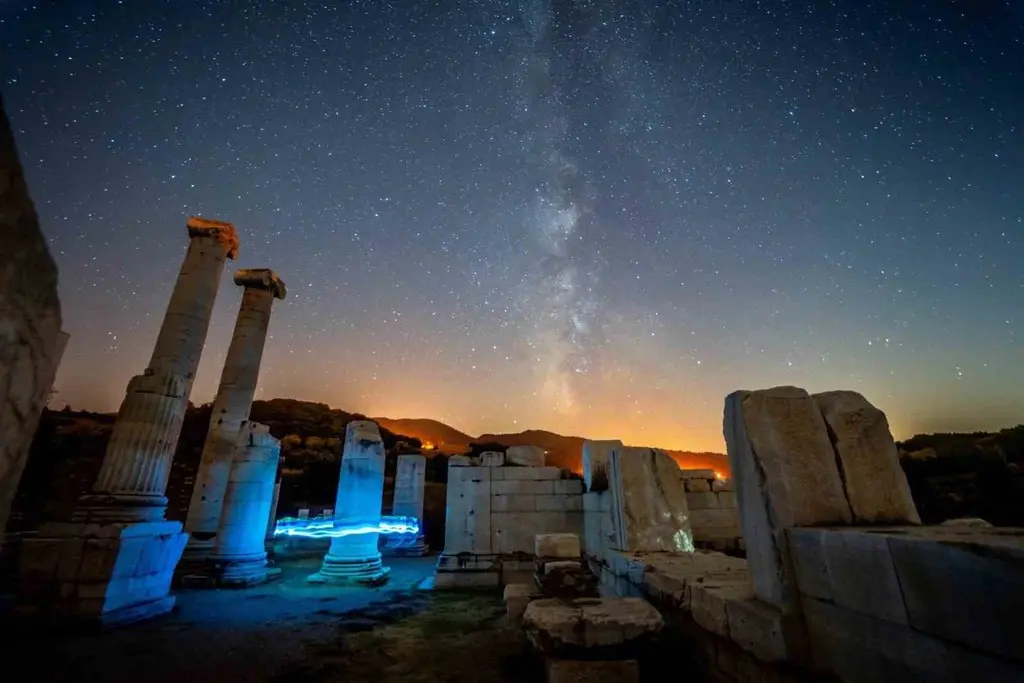
A Timeless Glow
Once described by Herodotus as a city “flowing with gold” due to the nearby Pactolus River, Sardis continues to embody the brilliance of its past. With its new illumination, the city once again lives up to its legend—the place where light, wealth, and history converge.
Cover Photo: Golden illumination of the Roman Gymnasium marks the beginning of Sardis’ night museum era. Credit: IHA
You may also like
- A 1700-year-old statue of Pan unearthed during the excavations at Polyeuktos in İstanbul
- The granary was found in the ancient city of Sebaste, founded by the first Roman emperor Augustus
- Donalar Kale Kapı Rock Tomb or Donalar Rock Tomb
- Theater emerges as works continue in ancient city of Perinthos
- Urartian King Argishti’s bronze shield revealed the name of an unknown country
- The religious center of Lycia, the ancient city of Letoon
- Who were the Luwians?
- A new study brings a fresh perspective on the Anatolian origin of the Indo-European languages
- Perhaps the oldest thermal treatment center in the world, which has been in continuous use for 2000 years -Basilica Therma Roman Bath or King’s Daughter-
- The largest synagogue of the ancient world, located in the ancient city of Sardis, is being restored



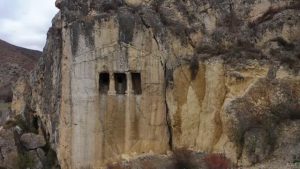

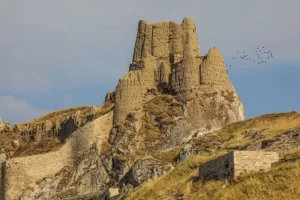
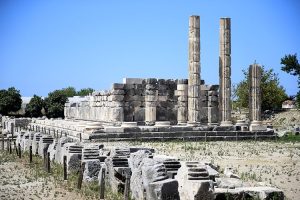



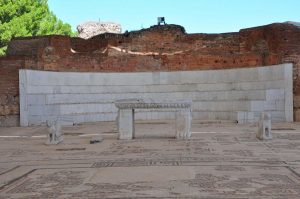
Leave a Reply